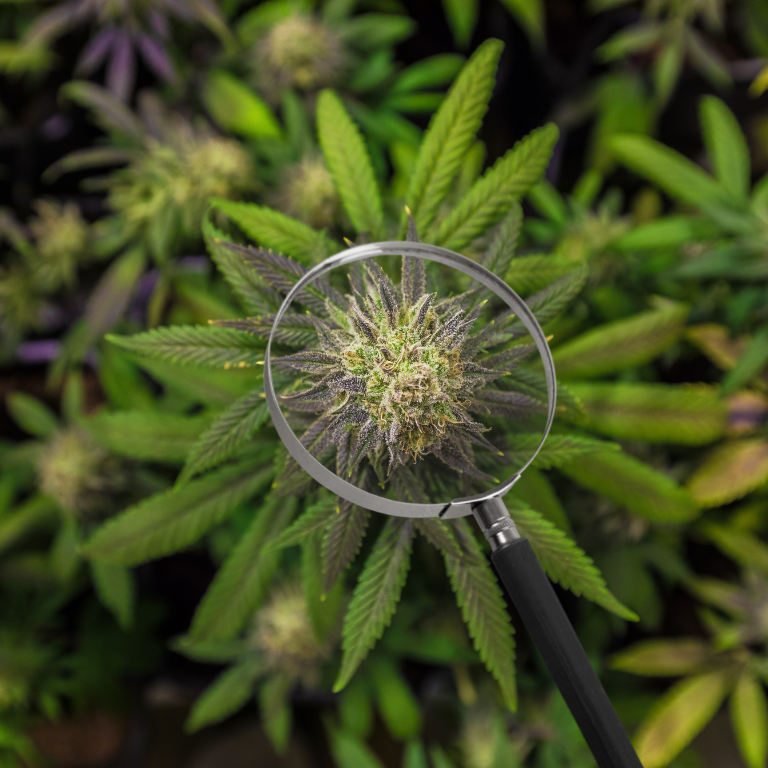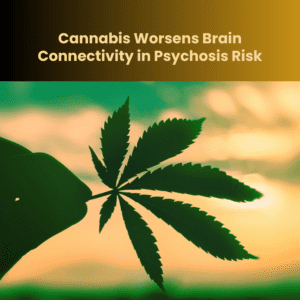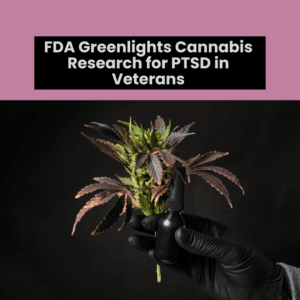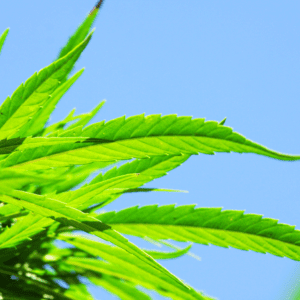Toxic Tokes: High Pesticide Levels Found in Cannabis Products

Weed is legal and subject to regulation in the Golden State. But as a joint investigation by The Times and cannabis industry newsletter WeedWeek found, that doesn’t mean it’s safe, as California regulators are often failing to get contaminated cannabis products off shelves.
The Times and WeedWeek purchased dozens of cannabis products from retail stores, then tested them at private labs. Out of 42 products tested, 25 had concentrations of pesticides above either state-allowed levels or current federal standards for tobacco.
The contaminants include chemicals tied to cancer, liver failure, thyroid disease, and genetic and neurologic harm to users and unborn children. Most of the pesticides found were in low concentrations that risk long-term harm by repeated use, though the extent of the health threat may not be known for years.
Vape Products Raise Immediate Concerns
However, the testing did show that vapes from five popular brands had levels of pesticides above federal risk thresholds for harm from a single exposure as set by the Environmental Protection Agency.
There are 66 pesticides California requires testing for, but it’s an outdated list, unchanged in roughly six years. There are many more not included on the state’s list that have been linked to liver cancer, reproductive disorders, and more.
One piece of the problem is major gaps in regulation that leave policing of the industry largely in the hands of labs financially beholden to the companies whose products they test. Legislation to require independent fraud and accuracy checks has remained stalled in Sacramento for two years amid backroom negotiations between industry players and regulators.
Regulatory Gaps and Industry Influence
Where are state regulators in all this? Mostly silent.
California’s Department of Cannabis Control has yet to propose new regulations, despite years of requests to test for more pesticides.
The department’s director, Nicole Elliott, declined to be interviewed on the extent of the pesticide threat. Some members of her team did talk, though.
Employees, who spoke on condition of anonymity, complained of a lack of willingness within the agency to take a hard line on pesticide contamination. One said she was schooled on the importance of “not disrupting the market.”
Big Market, Bigger Risks
And that market is huge, as is the potential profit. With billions of consumer dollars out there, it’s not surprising corners were cut — or, more accurately, deadly poison sprayed, to grow more weed more quickly.
Compounding the problem is the lack of data on cannabis’ health effects. That’s due in large part to the federal government’s current classification of marijuana as among dangerous drugs including heroin and LSD, which limits its medical research. That could change soon, though, as the U.S. Department of Justice recently proposed reclassifying marijuana.
Impact on Small Growers
The state of the industry is also hurting small growers. Paige and Alex spoke with Mary Gaterud, who has grown marijuana on her Humboldt County farm for decades.
“The people who are doing it right get crushed,” she said. “The bad actors are encouraged and rewarded. And the consumers are poisoned while being told they are safe.”











